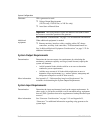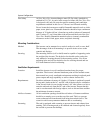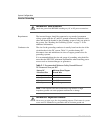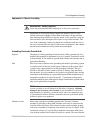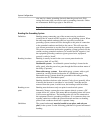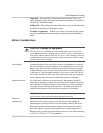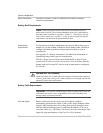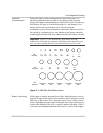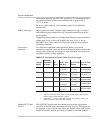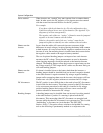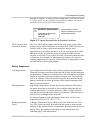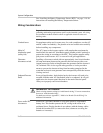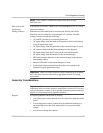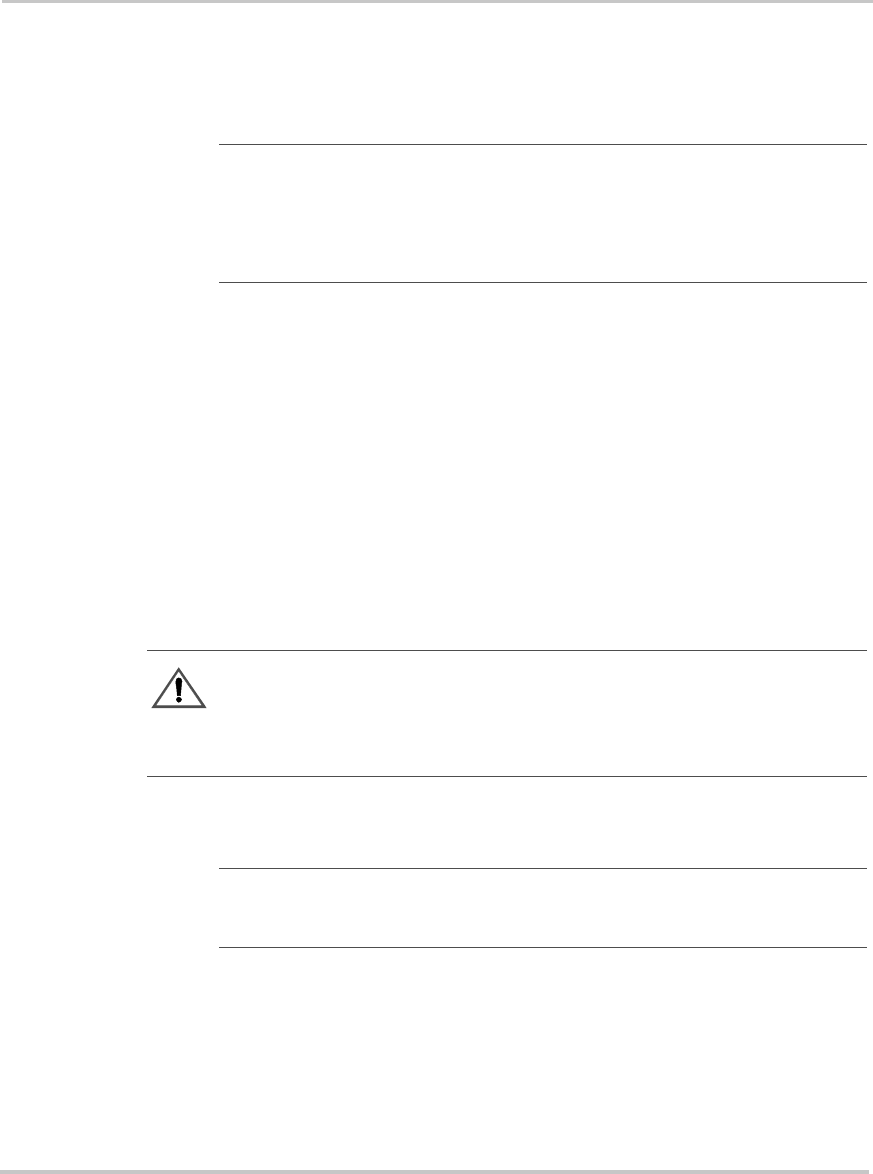
System Configuration
2–12 976-0043-01-02
More information Consult your battery vendor for additional information on battery
enclosure requirements.
Battery Bank Requirements
Determining
requirements
To determine your battery requirements you need to know what type of
batteries to use, the number of batteries for the battery bank, and how to
configure the bank to optimize voltage output according to system
requirements.
See Appendix C, “Battery Information” for additional information on
determining battery bank type and configuration.
The DC voltage of your inverter must match the DC voltage of your
system and all of its accessories. If you have a 24-volt inverter, then the
battery bank and all other DC devices in the system must be configured
for 24 volts.
Battery Cable Requirements
Size and length Battery cables must be the correct size and length to optimize
performance and ensure the safety of the system. Larger diameter cables
(smaller AWG number) have less voltage drop and are, therefore, more
efficient when transferring power to and from the batteries. The use of
oversized cables (e.g., 4/0 cables) will allow you to take advantage of the
improved surge performance of the Sine Wave Plus inverters.
Note:
Based on the peak current of the inverter, the minimum allowed
battery bank is 100 Ah. The recommended battery bank size is determined by
the battery bank worksheet in Appendix C (Table C-1, “Determining Average
Daily Load in Amp-hours” on page C–7). The inverter is designed to operate
with batteries and should not be operated without them.
WARNING: Fire Hazard
Undersized cables can overheat and melt, creating a fire hazard when subjected
to heavy (peak) loads. Always use a cable of proper size and length, rated for the
amperage of the inverter and batteries.
Important:
Use only fine, stranded copper cables for battery and inverter DC
connections. Do not use coarse, stranded wire, as the lack of flexibility may
damage battery and inverter terminals.



